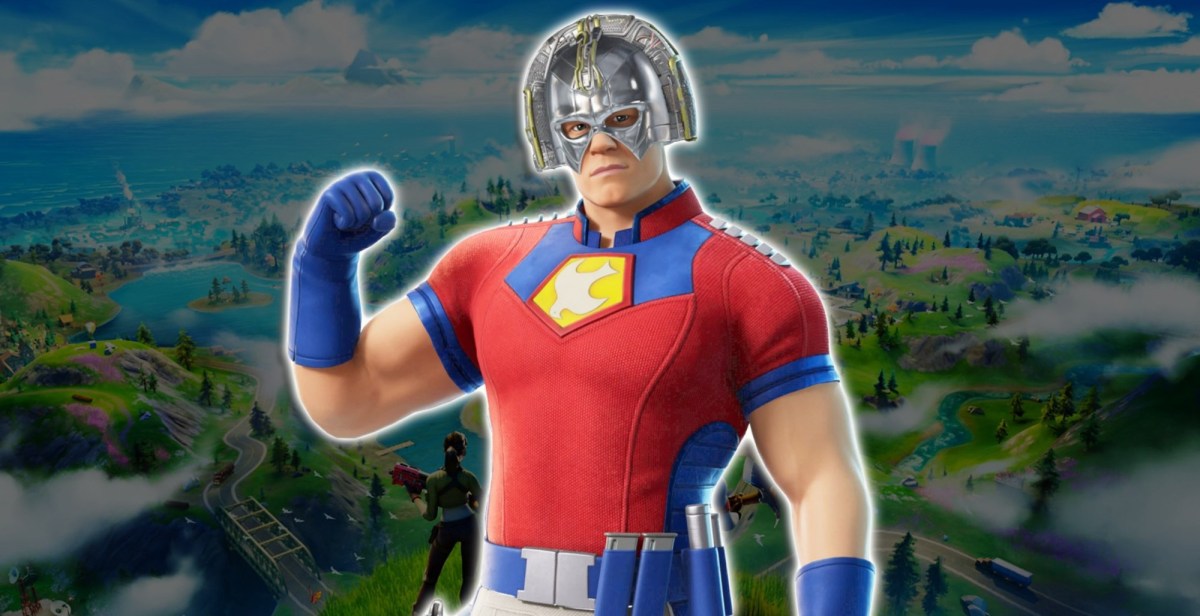
Shantae has to be one of the unlikeliest long-running franchises out there, right? The magical heroine got her start with the original back in 2002, but her debut promptly bombed due to limited supply. The fact that it was released on the Game Boy Color, after the Advance arrived, didn’t help matters either. Despite the critical acclaim, Matt and Erin Bozon’s creation wouldn’t return until 2010 with the equally well-received Risky’s Revenge. After another sequel in 2014, developer WayForward Technologies turned to Kickstarter to fund the next entry in the franchise. It’s been over three years since it was funded, but Shantae: Half-Genie Hero has finally arrived.
Debuting on home consoles for the first time (all three previous entries started as handheld titles), Half-Genie Hero doesn’t stray too far from its roots. Once again the mystical Shantae must save Sequin Land from a colorful cast of villains, including nefarious pirate Risky Boots. As per usual, Scuttle Town gets wrecked, and the Mayor, despite her continued success, fires Shantae as the town’s Guardian. Never one to let bad news get to her, our heroine embarks on a new quest. Her Uncle Mimic is looking for parts so he can finish the Dynamo, a machine that will supposedly protect the town from any and all danger.
Making full use of her friend Sky’s pet bird Wrench, Shantae must travel across Sequin Land in search of these missing components. Half-Genie Hero has the purple-haired heroine venturing into six different locations, each with their own unique style. Opening level Main Street is a fire-singed battleground, while Cape Crustacean takes you from a magic carpet race to a laser-filled factory. Even for a title that can take less than seven hours to finish (I finished the story in 6:30, but I’m not 100% done), six stages doesn’t sound like enough. WayForward takes a different approach to solving this problem, however.
As with past entries, Shantae gradually learns how to transform into different animals over the course of Half-Genie Hero. And each of these transformations you learn have their own unique skills and abilities. Transforming into a monkey allows Shantae to jump further and climb walls, while becoming a crab lets her explore underwater. Additional power-ups for the transformations, such as sonar for the bat, can be unlocked by exploring every level. Outside of the monkey, I found that most of the animals were only worth using when they had to be used. Some are too slow (elephant, spider), while others are just too awkward to be enjoyable (bird). Luckily, WayForward is good at indicating when you should be using what animal.

As mentioned before, exploration plays a huge role in the gameplay of Half-Genie Hero. In order to progress to the final chapter of the game, you’ll need to constantly return to each previous stage in order to seek out additional items. And you can’t get everything during your first trip through these areas because you’ll need specific transformations in order to reach every item. This shifts the title from a traditional platformer to more of a Metroidvania, albeit, one that lacks the depth of more intricate games.
Normally, I would find this process annoying, because it seems really lazy. However, WayForward was able to do an excellent job of pacing your progression through the levels. I never found the constant backtracking to be much of an issue, because each subsequent trip unlocked a new portion of the level. You can even quickly advance to certain sections through an unlockable dance, so it’s not like you need to completely go through each stage every time.
It would have been nice if there was a better map included with the game, though. You can see what items are missing from each stage prior to entering it, but once you’re inside, you’re on your own. I don’t need to have everything pointed out in clear detail, but if there was something that at least indicated where I have already been, that would be great.
While the first four levels are enjoyable to play through, even multiple times, I do think the game loses steam over the last two stages. Hypno Baron’s Castle bungles a clever maze design due to a surprising lack of secrets. The final base, which I understand shouldn’t necessarily reflect the rest of the game, is a mess. It brings together a frustrating platforming section, three lacklustre boss battles and a cheap slide finale into one disappointing mix. Luckily, outside of Trophy/Achievement whoring, you don’t need to return to these areas after you’ve completed them. Still, for a game that’s so intricately put together a majority of the time, it sucks that it wasn’t quite able to stick the landing.
Since this is the first Shantae developed from the ground up on home consoles, Half-Genie Hero sports the best visuals the franchise has seen. A vibrant color palette give the game a life and depth that the previous handheld outings couldn’t dream of matching. In the realm of 2D sidescrollers, the graphics are arguably on par with Rayman, but a little below Odin Sphere. I also want to give a quick shout out to the character designs, which continue to be delightful. It’s easy to criticize them as too risque, because they kind of are. However, that doesn’t negate the fact that they’re still memorably designed, and chock full of defining details.
If you’d been following the title’s Kickstarter, you probably already knew that the game does not have full voice acting. It’s a disappointment, but at least there are snippets of spoken dialogue here and there. While we don’t get proper VA, we do get one of the finest soundtracks in recent memory. Jake Kaufman’s memorable score perfectly reflects the platforming action unfolding on screen. The Mermaid Factory is a particular highlight, with the energetic beat being one of the most unexpectedly kick-ass tracks of the year. It’s near Mega Man X level good, and that’s a comparison I don’t use lightly.
For a series that has reached the highs as this one has, it’s no minor feat that Shantae: Half-Genie Hero represents the pinnacle of the franchise. The jump to modern consoles has done wonders for not only the look of the game, but also the mechanics. The level design is (mostly) excellent, with the depth of each one giving them a surprising amount of replayability. The transformations, which have been refined over the years, offer up a variety of ways of approaching each area. A few minor issues (lack of map, chugging frame rate in certain levels) prevent it from reaching the upper echelon of the genre, but for those that have been waiting, this has been well worth the wait.
This review was based off the PlayStation 4 version of the game, which was provided for us.










Published: Dec 21, 2016 06:28 pm